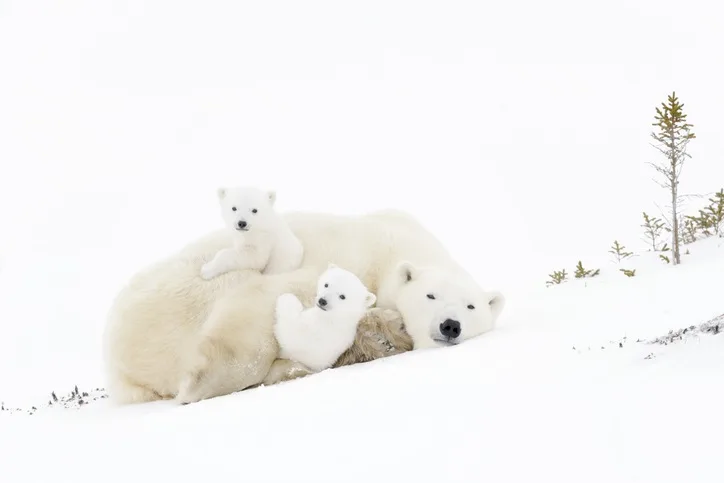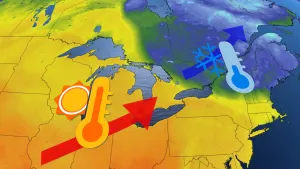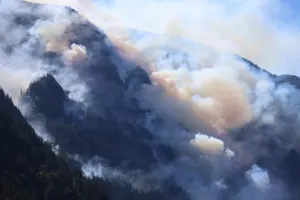
Polar Bear Week: Protecting vulnerable species
Polar Bear Week takes place from November 1-7 this year. Here are a few things you might not have known about these incredible mammals.
Approximately 16,000 of the world's 25,000 polar bears live on Canadian soil. Prior to the early 1970s, they were at odds with humans.
Three hundred years of hunting decimated the population, but an international ban has allowed numbers to rebound. While hunting is no longer an issue, studies show that the polar bear's habitat is shrinking.
If the analysis is correct, scientists warn that areas that polar bears call home could eventually be ice-free in the summer.
"Exploitation of minerals and fossil fuels in the Arctic pose a continuous threat [to polar bears]," a rep from the Toronto Zoo told The Weather Network in 2013.
"Of the oil and natural gas deposits globally, 20 per cent are located in the Arctic. As the ice cap recedes these become more accessible. Countries are competing which each other in claiming ownership of Arctic and its resources. This can only result in further and more drastic impact on polar bear habitat."
Climate change isn't the only threat facing polar bears.
Researchers at Aarhus University have found the toxic compounds used in a slew of commercial and industrial products have been found in the brain tissue of polar bears. But it isn't all doom and gloom: Some experts argue that polar bears have adapted to climate change in the past and that some polar bear populations appear to be unaffected by warming temperatures.
A Polar Bear Technical Committee is working to identify some of the most threatened populations and limit commercial activities in those areas. Protected habitats in national parks and marine wildlife areas have also been established.
So far, Canadians and Americans alike have demonstrated a willingness to support this cause.
A 2011 report commissioned by Environment Canada suggests that Canadians are willing to pay $6.3 billion a year -- roughly $508 per household -- to ensure their safety. Then, in 2013 a partnership between the WWF and Coca-Cola aiming to preserve the Arctic Circle brought in more than $2 million in donations.
The U.S government rolled out a polar bear conservation plan in 2017 as well.
POLAR BEAR FAST FACTS
Polar bears are accomplished swimmers, reaching a top speed of 9 km/h in the water.
Their fur is built for life in the Arctic. A reflective coat traps heat, keeping the bear warm. It's also water-repellent, enabling the bears to dry quickly after swimming in frigid waters.
In the wild, polar bears have demonstrated human traits. Experts have observed frustrated bears throwing chunks of ice, kicking piles of snow or growling in disappointment after losing a battle with prey. Mothers will discipline their cubs -- albeit in a harsher fashion than some human parents -- with a swift whack to the head.
HERE'S HOW YOU CAN HELP
Reduce your carbon footprint.
Live minimally. Buy only what you need and try to avoid products with excessive packaging.
Make smart choices at the supermarket. Try to go meatless at least once a week, buy locally grown produce and don't waste food.
Adopt a polar bear through WWF Canada.










